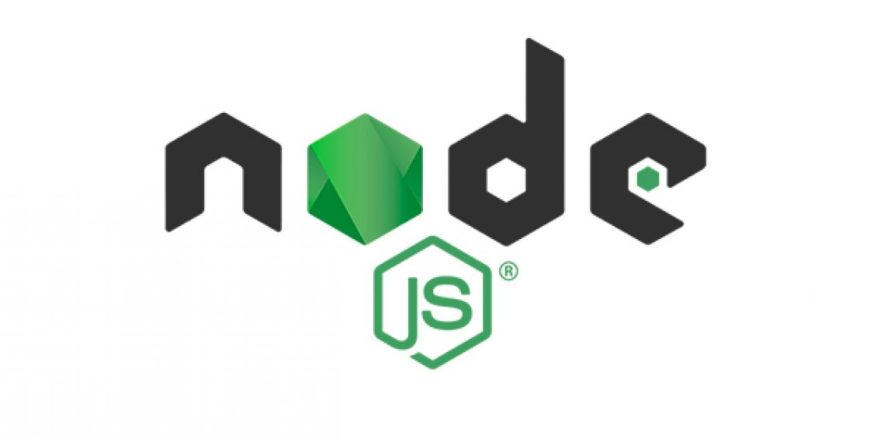Node.js Free Material

What is Node.js?
Node JS is an open source, cross platform and back-end JavaScript runtime environment. It runs on the VB engine as well as executes the JavaScript code outside of the web browser. This framework helps the developers to use JavaScript to write the command line tools. The developers also use the framework for the purpose of server-side scripting which means running the server side of the script to produce a dynamic web page content way before sending the page to the web browser of the user.
The paradigm “JavaScript everywhere” is represented by Node.js and it unifies the development of the web application around one programming language rather than using different languages for server side and the client side scripts.
Why Node.js?
Node.js is an open source, server-side script that runs on top of Google’s scripting engine that is open-source in nature. The framework is fast and lightweight. Along with all these features, it also has great efficiency. The framework uses asynchronous mode of operation and event driven output or input in place of using traditional or separate threads for different processes. This cross-platform environment helps in executing JavaScript code outside the browser. It helps in using JavaScript to create the node applications or can even use other languages that can ultimately compile to JavaScript. It is written in the same way as that of the client-side application. For this, a node development environment needs to be set up.
Node.js is a great tool which helps in building real-time web applications. The cross-platform applications that the framework provides runs properly on a web. Node.js consists of certain built-in modules that help in further installations. It is even possible to install certain custom modules from NPM as required by the application. Modules can be created by the user on his/her own and can be used by importing into different applications.
Important materials
E-books –
Learn NodeJS in 1 Day: Complete Node JS Guide with Examples by Krishna Rungta – https://drive.google.com/file/d/1ROSzK2-G0tBAPIlWdllGVsFRrCSy-L-a/view?usp=sharing
Practical Node.Js: Building Real-World Scalable Web Apps by Azat Mardan – https://drive.google.com/file/d/1_d099fcn2ceiThcL-RnTIBN_AWfyqe4f/view?usp=sharing
Full Stack JavaScript: Learn Backbone.Js, Node.Js, and Mongodb by Azat Mardan – https://drive.google.com/file/d/1kg_lgyhc5sJzskobe8FAhp638thBhtwZ/view?usp=sharing
Pro REST API Development with Node.js by Fernando Doglio – https://drive.google.com/file/d/1_q54G2jnJpn4kORGym2n3ff4c0JrZgPm/view?usp=sharing
REST API Development with Node.js by Fernando Doglio – https://drive.google.com/file/d/1yrSdR9mrpFfXfju8pstUnhDr3HUPI7UN/view?usp=sharing
Videos –
Node.js Tutorial for Beginners: Learn Node in 1 Hour – https://youtu.be/TlB_eWDSMt4
Node JS Tutorial | Crash Course – https://youtu.be/vJEO57B05Sg
What is Node js? – https://youtu.be/uVwtVBpw7RQ
What is Node js? | Why it is so Famous? – https://youtu.be/yEHCfRWz-EI
Node.js Crash Course – https://youtu.be/fBNz5xF-Kx4
Important tips
Node.js is now blasting quickly because of its occasion driven and nonconcurrent nature. However, in the cutting-edge web simply being quick isn’t sufficient. On the off chance that you are wanting to build up your next web application utilizing Node.js you should find each conceivable way to ensure your application is quicker than expected. While building web applications, at times you should settle on numerous inward API decisions to bring different information. To recover these subtleties, you may make a different middleware for each capacity and connect to the dashboard course. However, the issue with this methodology is that one capacity needs to trust that the past one will finish. The elective alternative is to execute these brings in equal. By plan Node.js is single strung.
On account of this reality, simultaneous code can possibly secure the whole application. For instance, the greater part of the record framework APIs has their simultaneous partners. In any case, on the off chance that you perform long running and hindering tasks, your fundamental string will be obstructed until the activity wraps up. This significantly decreases the presentation of your application. Along these lines, ensure you generally utilize nonconcurrent APIs in your code, in any event in execution of basic segments. Likewise, be cautious while picking outsider modules. Regardless of whether you play it safe to keep away from coordinated code, an outer library could settle on a simultaneous decision, influencing your application’s presentation.
